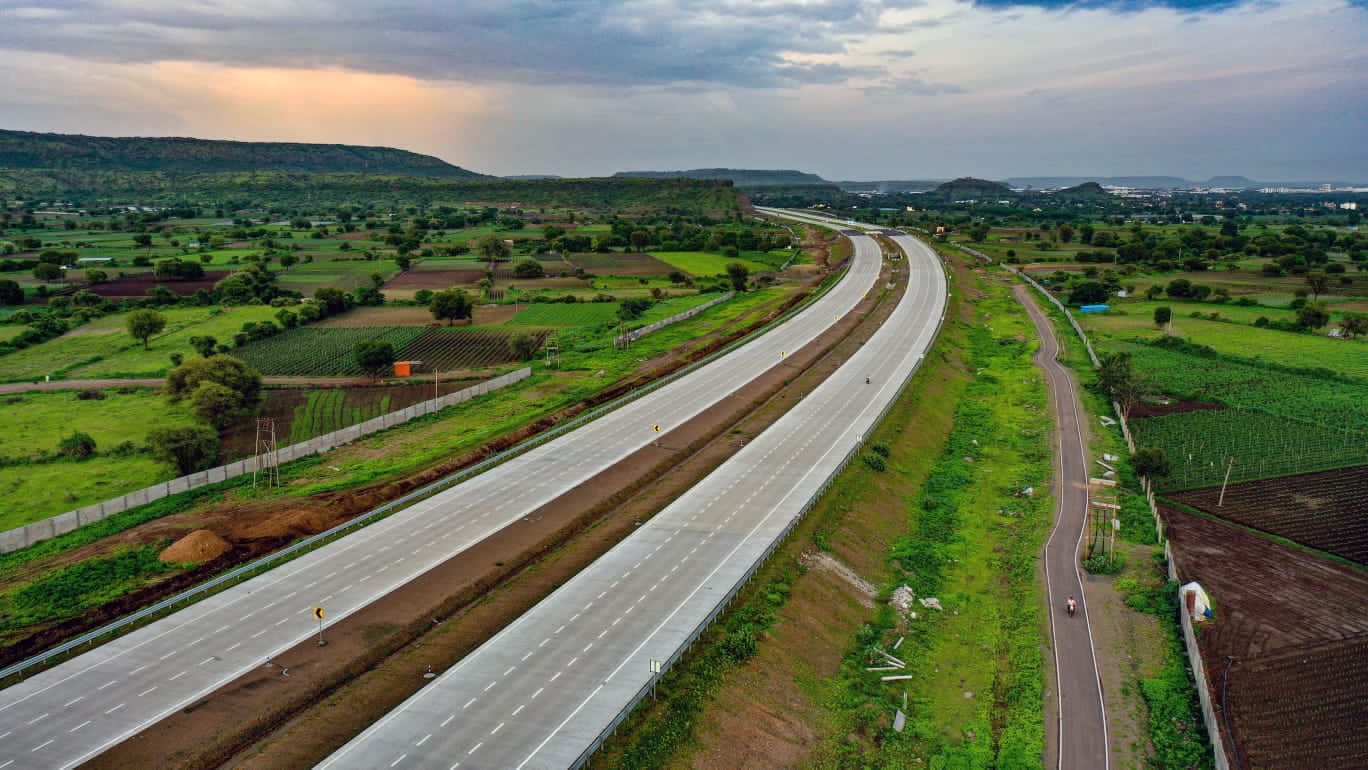India’s infrastructure landscape is poised for a significant upgrade with the proposed Shaktipeeth Expressway, also known as the Nagpur–Goa Expressway. This major transportation project is set to transform regional connectivity in Maharashtra and Goa, by introducing a 760-kilometer, six-lane access-controlled expressway—the longest of its kind in Maharashtra upon completion.
Project Scope and Alignment
Spearheaded by the Maharashtra State Road Development Corporation (MSRDC), the Shaktipeeth Expressway will establish a high-speed corridor linking Nagpur, the commercial and logistics hub of eastern Maharashtra, to Goa, a key tourism and trade center on the western coast. The expressway will traverse 11 districts in Maharashtra and one in Goa, covering a broad geographical spread and linking underdeveloped areas with emerging growth centers.
The project is a greenfield initiative, meaning it will be constructed on a new alignment rather than upgrading existing roads. This allows for optimized planning, modern design standards, and minimal disruption to existing traffic.
Infrastructure Highlights
- Length: 760 km (470 miles)
- Configuration: Six-lane, fully access-controlled
- Estimated Cost: ₹83,600 crore (up from the initial estimate of ₹75,000 crore)
- Travel Time Reduction: From 18–20 hours to 7–8 hours
- Distance Reduction: From 1,110 km to 760 km
- Timeline: Projected completion between 2028 and 2029
This expressway is designed not just for speed, but for long-term efficiency, safety, and capacity—suitable for both passenger and freight movement.
Economic and Strategic Benefits
1. Enhanced Regional Connectivity
The expressway creates a direct, high-speed link between Vidarbha, Marathwada, Western Maharashtra, and Goa, integrating diverse economic zones and improving interstate movement.
2. Economic Development
The project is expected to catalyze regional economic activity by:
- Enabling faster logistics and goods transport
- Opening new markets for agriculture and industry
- Promoting investment in adjacent areas
- Creating employment during and after construction
3. Tourism and Pilgrimage Growth
In addition to logistical and economic importance, the expressway connects key religious and cultural sites, including three Shakti Peethas (Mahalakshmi, Tuljabhavani, and Patradevi) and two Jyotirlingas. This alignment supports Maharashtra’s tourism sector and facilitates seamless access to pilgrimage destinations.
4. Environmental and Sustainable Development
A core element of the project is its commitment to sustainable infrastructure. The greenfield design includes plans for a green corridor with the plantation of thousands of trees, shrubs, and eco-restorative landscaping along the route. These initiatives aim to reduce the expressway’s carbon footprint and preserve ecological balance.
5. Integrated Transport Network
The expressway’s alignment is strategically designed to integrate with the Samruddhi Mahamarg, further enhancing Maharashtra’s expressway grid. This level of infrastructure integration supports multi-modal connectivity and strengthens statewide and inter-state logistics networks.
Development Status and Outlook
The route alignment is nearly finalized, and preparatory activities such as land acquisition and tendering are underway. The project represents a substantial advancement in India’s expressway infrastructure and reflects the government’s focus on building world-class transport corridors that drive regional development.
With a planned operational window of 2028–2029, the Shaktipeeth Expressway is on track to deliver a modern, resilient, and high-capacity infrastructure solution that meets future demands of mobility, commerce, and connectivity.
Conclusion
The Shaktipeeth Expressway stands as a benchmark for future expressway development in India—strategically planned, environmentally conscious, and economically impactful. Once complete, it will be a critical component of India’s growing expressway network, facilitating faster travel, enhancing regional integration, and promoting balanced infrastructure-led growth.
Frequently Asked Questions (FAQs) on the Shaktipeeth Expressway
What is the Shaktipeeth Expressway?
The Shaktipeeth Expressway, also known as the Nagpur–Goa Expressway, is a proposed 760-kilometer, six-lane, access-controlled expressway that will connect Nagpur in Maharashtra to Goa, significantly improving transportation and reducing travel time.
Why is it called the “Shaktipeeth Expressway”?
The expressway is named after the three major Shakti Peethas it passes by:
- Mahalakshmi (Kolhapur)
- Tuljabhavani (Tuljapur)
- Patradevi (in Goa)
These sacred sites are revered in Hinduism and attract millions of pilgrims annually.
What is the total length of the expressway?
The proposed expressway will span 760 kilometers (approximately 470 miles), making it the longest expressway in Maharashtra once completed.
Which districts will the expressway pass through?
The Shaktipeeth Expressway will traverse 11 districts in Maharashtra and 1 in Goa. Key regions include:
- Vidarbha
- Marathwada
- Western Maharashtra
- North Goa
A detailed route map is under finalization.
What is the expected reduction in travel time and distance?
Current travel time: 18–20 hours
Expected travel time post-construction: 7–8 hours
Current distance: 1,110 km
New expressway distance: 760 km
What is the estimated cost of the project?
The estimated construction cost is ₹83,600 crore, revised from the initial estimate of ₹75,000 crore.
Who is developing the expressway?
The expressway is being developed by the Maharashtra State Road Development Corporation (MSRDC), which is also responsible for other major infrastructure projects like the Samruddhi Mahamarg.
What are the major benefits of the Shaktipeeth Expressway?
Faster and safer travel
Improved connectivity to religious and cultural sites
Boost to tourism and pilgrimage
Support for regional economic development
Environmental benefits through planned green corridors
Integration with major highways like the Samruddhi Mahamarg
Is this a greenfield or brownfield project?
The Shaktipeeth Expressway is a greenfield project, meaning it will be constructed on a completely new alignment, ensuring modern standards, efficient design, and minimal disruption to existing infrastructure.
When will the expressway be operational?
The expressway is expected to be operational by 2028–2029, subject to completion of land acquisition, environmental clearances, and construction timelines.
Will the expressway have tolls?
Yes, as with other access-controlled expressways in India, the Shaktipeeth Expressway will be toll-based, with designated toll plazas along its route to support maintenance and recovery of construction costs.
How will it impact local communities and the environment?
The project includes measures for environmental sustainability, such as:
- Plantation of trees and vegetation along the corridor
- Noise barriers near settlements
- Provisions for animal crossings In terms of communities, the expressway is expected to generate employment and improve access to markets, education, and healthcare.



